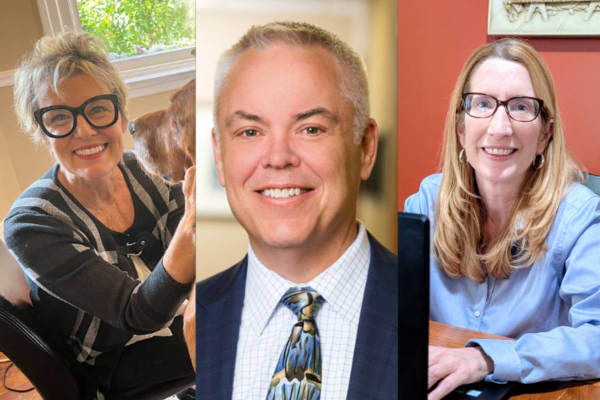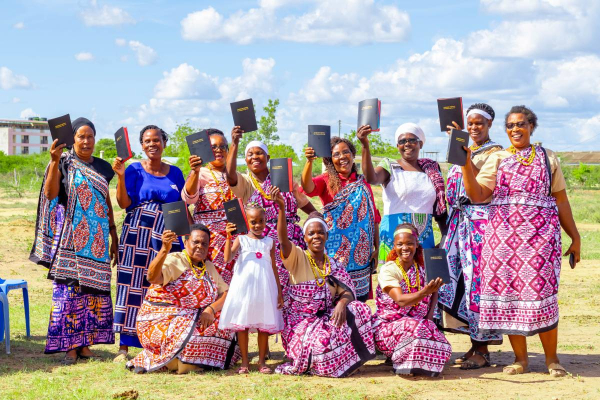Translation and Technology
How advances in technology and software development have impacted translation

When John and Bonnie Nystrom first started translating in 1990 for the Arop language of Papua New Guinea, they used a simple laptop to type up translation drafts. The majority of the work — including checking the accuracy and consistency of key terms and phrases — was done by hand. Today, software programs such as Paratext help by reducing effort of the translation team while increasing the output of their work.
AN EASY WAY TO SEARCH
“Computers are better and faster than people at finding stuff and counting things,” John shared. “But great translation tools use the computer’s finding and counting skills to set up what a translator wants to spend his time doing: deciding if what’s there is correct or if it can be improved.”
When John and the team were translating the books of 1 and 2 Timothy and Titus, they had difficulty translating the phrase “clean conscience.” As they continued working, they were able to choose the most accurate and natural-sounding translation of the concept. Rather than having to search the translation by hand for all of the instances of “clean conscience,” they were able to use Paratext to identify them immediately. Several years ago this would have taken significant effort, and the team would not be sure they had caught all the recurrences. But now, Paratext identifies the locations of key biblical words and phrases, and shows how they have been translated.

ADAPTING TRANSLATIONS
John and Bonnie, along with several other Wycliffe members, work in a cluster project that focuses on 10 different languages in their region of Papua New Guinea. Local pastors work alongside them to help with the translation for their language. It’s incredibly helpful for the team to be able to use a translation of a nearby language as a source text. Native speakers of one language can use specialized software to adapt a translation in a related language to fit the words and speech patterns of their own language. This ultimately allows the pastors to create translations in their language much faster. John also shared, “It can help the translator spend more of his time doing what only a real human native speaker can do: deal with all the unpredictable and unique differences that occur between languages.”
Software development has helped not only increase the speed and accuracy of the translation process, but also made it easier for local speakers to participate in the work. “Some of the local pastors I work with would really struggle to work on a translation all by themselves,” John shared. “But because they work in a big group, and because the technology can help them take advantage of each other’s work, they are able to produce higher-quality translation much sooner than they otherwise would.”
He also went on to share, “Many of my pastor friends had no previous experience with computer and very little formal education. As the translation tools improve, and especially as we design them to be more accessible to people like my pastor friends, we open the door wider and wider for more and more people to participate in the Bible translation process. I love seeing that happen.”

THE UNSUNG HEROES
John recalls what it was like for their team to work together before software developments made life — and translation — easier. When the cluster translation project began in 2001, the team spent significant time and effort saving, updating and storing files. Because software tools at the time were designed for one person to use one computer while working on one language in one location, they weren’t able to collaborate effectively. But with Paratext, they’re able to collaborate easily — even across two continents! John now lives in the U.S., but he’s still able to actively participate in the work remotely.
“These are … reasons software developers [in missions] are some of my heroes,” John shared. “They could be making a lot more money working somewhere else, but many of them are giving their lives to produce great software for Bible translators. When they make one small improvement, it may seem small to them. But that small thing might be something that translators all over the world do multiple times a day in the 2,000 languages in which translation is currently being done.
“I don't know of another place a person could work in Bible translation where they can have that big and that broad of an impact.”
Interested in learning more about how technology impacts missions work? Watch a video and discover how IT plays an integral role in Bible translation.


_1764969622_600x400.jpg)



